Until the early 1920s, most of the land that comprises Forest Hills belonged to a few farmers who left much of the gen- tly rolling hills as forests and meadows. Scattered along the edges of the neighborhood are a few houses that survive as reminders of the area's early history. These homes were often very small- one room deep and one story high—typical of North Carolina farms until the mid-nineteenth century. But Durham was growing rapidly with the ever-increasing demand for tobacco and textiles. Soon after the turn of the 20th century, William Gaston Vickers subdivided his farm on the north edge of Forest Hills, now known as the Morehead Hill Neighborhood. Durham began its southward expansion into the suburbs.
SOCIAL AND ECONOMIC CHANGES PROMPT SUBURBANIZATION The increase in farm subdivision was being aggressively promoted nationwide by Federal government policies and the utility and banking industries across America. A glance at the newspapers of the period, including our own Durham Morning Herald, finds ads for the sale and subdivision of farm after farm, of lending companies galore offering mort- gages to homebuyers or for real estate investment. Automobile and furniture advertisements abound. The universal extent of the railroads made consumer goods available everywhere, and early magazines such as Ladies Home Journal and House Beautiful promoted suburban living and family values to women with leisure time and money to spend.
GARDEN SUBURBS The massive drive to suburbanization which took place in the early 20th century offered mainly first time homeowners modern amenities that were already standards for more expensive American homes: indoor plumbing, hot water, sewer systems, and electricity. Eclectic revival styles of architecture, very often English designs in pastoral settings near, but not in, the city attracted a new professional middle class. Although the new suburbs offered a kind of 'return to nature' for the American family through their picturesque settings, it was in no way seen as a return to the farm community out of which many new suburbanites had grown. Living in the suburbs was an important symbol of being a member of the new middle class. And, although many early suburbs were accessible by trolley car, the spreading neigh- borhoods went hand-in-hand with a mass demand for automobiles.
FOREST HILLS IS BORN In 1925, James O. Cobb and Fuller Glass followed the trend and purchased large tracts of farmland along University Drive. They were ready to fill Durham's growing need for residential neighborhoods for the successful professionals and businessmen of the post-World War I era. The developers boasted a clubhouse, pool, and tennis courts. Durham architect George Watts Carr, Sr. laid out the streets and building lots around a nine-hole golf course in the low lying flood plain along University Drive (now Forest Hills Park). Forest Hills was to become to Durham what Riverside Drive was to New York and the Back Bay to Boston. The narrow streets wound round and about, creating a curvilinear web under a luscious green canopy of trees. It was "the choicest of residential sections—a place of quiet, rest, and beauty."
FOREST HILLS GROWS Forest Hills quickly became one of the most desirable places to live within Durham's city limits, attracting newcomers to Durham as well as the younger generations of established Durham families. The original homeowners were archi- tects, lawyers, auto dealers, building contractors, and others making it big in the boom of the 1920s. Forest Hills is characterized by elegant homes in popular period revival styles. Colonial, Tudor, and English Cottage homes on winding streets are surrounded by great trees and spacious lawns. Some are adaptations of plans originally published in popular magazines such as Home and Garden, which promoted the new suburban life style. The homeowners who built bordering on the golf course or near it usually turned to contractors or architects to create original plans for their houses or for custom modifications to published designs. Houses set away from the golf course were more likely to be builders' houses, that is, 'spec homes,' and include smaller modern bungalows in addition to the period styles favored by Southern families.
FOREST HILLS OUT OF THE DEPRESSION Despite its early success in 1929, the New Hope Realty Company became a casualty of the Depression and filed for bankruptcy. The land that had not been sold was auctioned and the golf course and clubhouse were sold to John Sprunt Hill. Many of the early homebuyers remained in their comfortable Forest Hills homes through World War 1I and the post-war decades. After the war, Forest Hills expanded again, this time to the southeast as George Watts Carr and his sons George Watts Carr, Jr. and Robert W. Carr developed Beverly Drive between University Drive and Roxboro Road. Plans for some of these homes were also adapted from outside sources. The Singletary House at 32 Beverly (on tour) is based on plans purchased from a New York architectural firm in 1956.
FOREST HILLS TODAY Despite the emergence of University Drive as a busy arterial, Forest Hills still remains one of the more desirable neigh- borhoods in Durham. It is home to a new middle class, and the houses have been adapted and updated to accommo- date today's families. Rooms originally built for live-in servants have been converted into home offices and back stairs have been opened for easy family access to well-equipped kitchens. Newcomers as well as the younger generations of older established Durham families continue to buy homes here, where they still enjoy "the choicest of residential sec- tions - a place of quiet, rest, and beauty" promised by the developers 80 years ago.

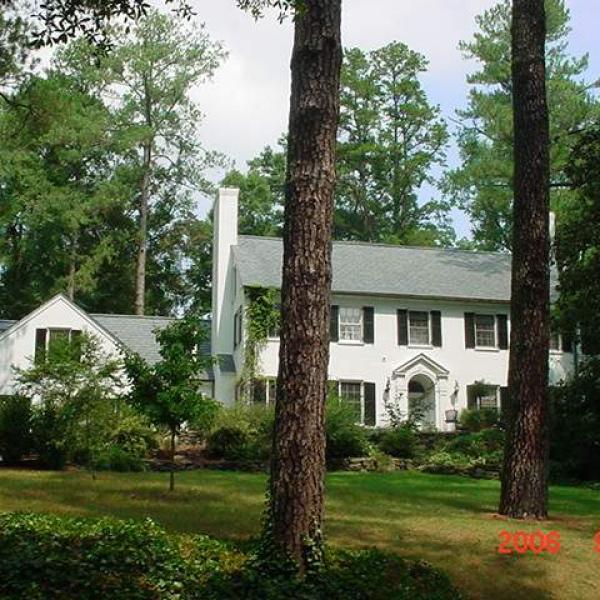
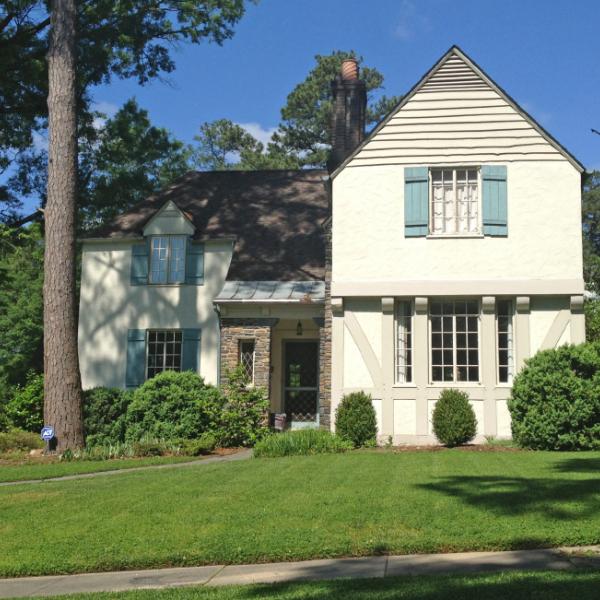
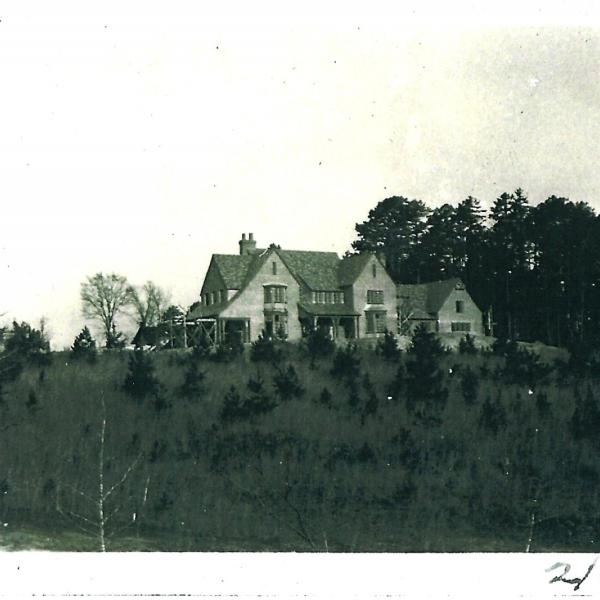
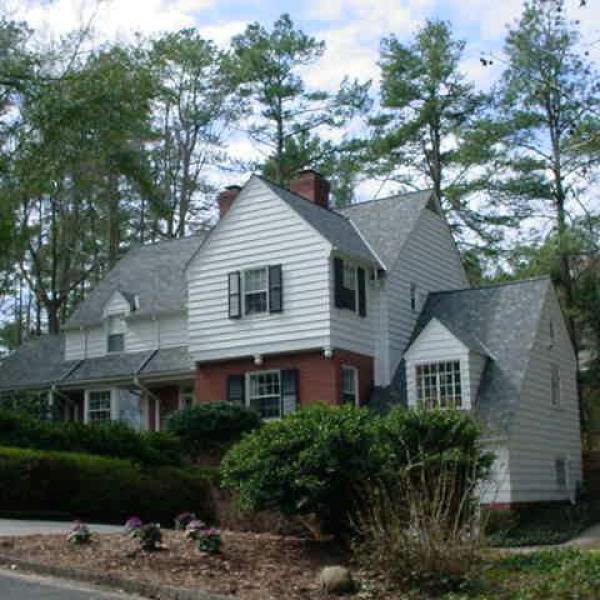

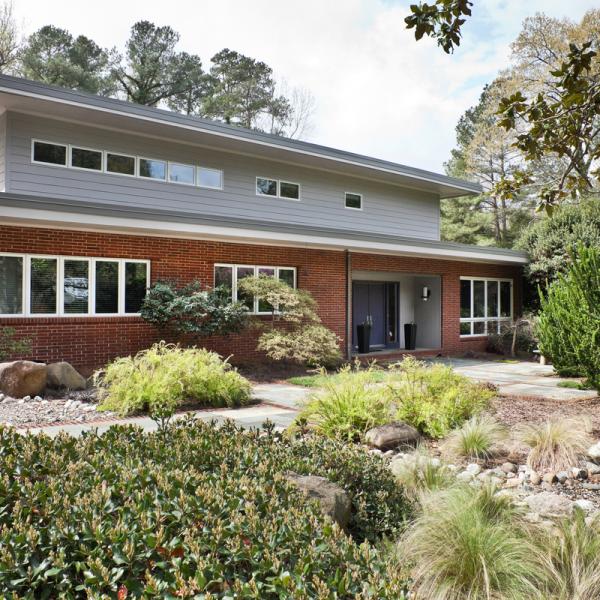
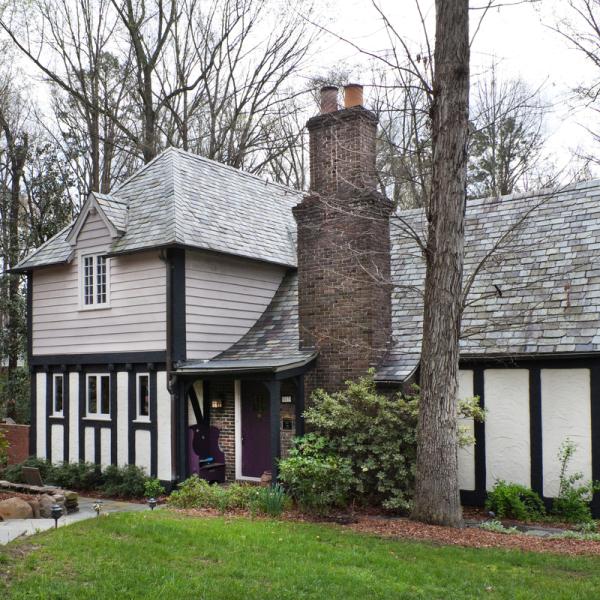
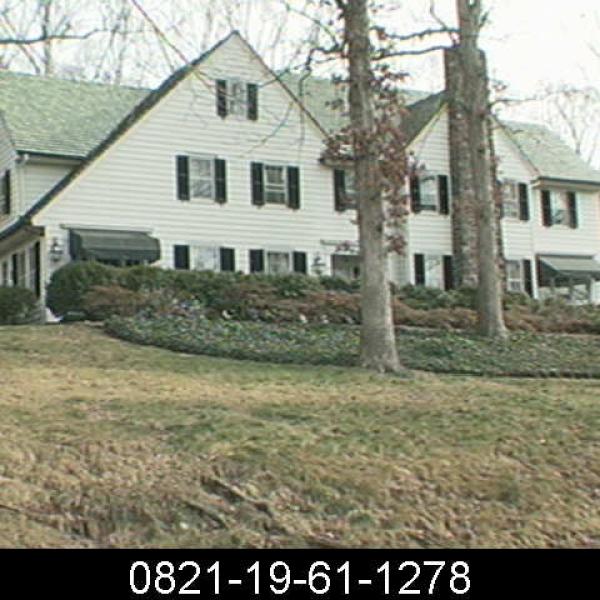
Add new comment
Log in or register to post comments.